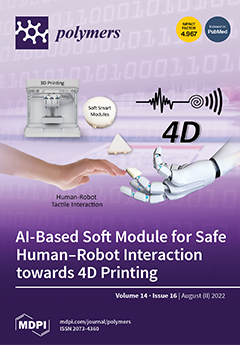In addition to the structural and storage functions of the (1,3; 1,4)-β-
d-glucans (β-
d-glucan), the possible protective role of this polymer under biotic stresses is still debated. The aim of this study was to contribute to this hypothesis by analyzing
[...] Read more.
In addition to the structural and storage functions of the (1,3; 1,4)-β-
d-glucans (β-
d-glucan), the possible protective role of this polymer under biotic stresses is still debated. The aim of this study was to contribute to this hypothesis by analyzing the β-
d-glucans content, expression of related cellulose synthase-like (
Csl)
Cs1F6,
CslF9,
CslF3 genes, content of chlorophylls, and β-1,3-glucanase content in oat (
Avena sativa L.) leaves infected with the commonly occurring oat fungal pathogen,
Blumeria graminis f. sp.
avenae (
B. graminis). Its presence influenced all measured parameters. The content of β-
d-glucans in infected leaves decreased in all used varieties, compared to the non-infected plants, but not significantly. Oats reacted differently, with Aragon and Vaclav responding with overexpression, and Bay Yan 2, Ivory, and Racoon responding with the underexpression of these genes. Pathogens changed the relative ratios regarding the expression of
CslF6,
CslF9, and
CslF3 genes from neutral to negative correlations. However, changes in the expression of these genes did not statistically significantly affect the content of β-
d-glucans. A very slight indication of positive correlation, but statistically insignificant, was observed between the contents of β-
d-glucans and chlorophylls. Some isoforms of β-1,3-glucanases accumulated to a several-times higher level in the infected leaves of all varieties. New isoforms of β-1,3-glucanases were also detected in infected leaves after fungal infection.
Full article






